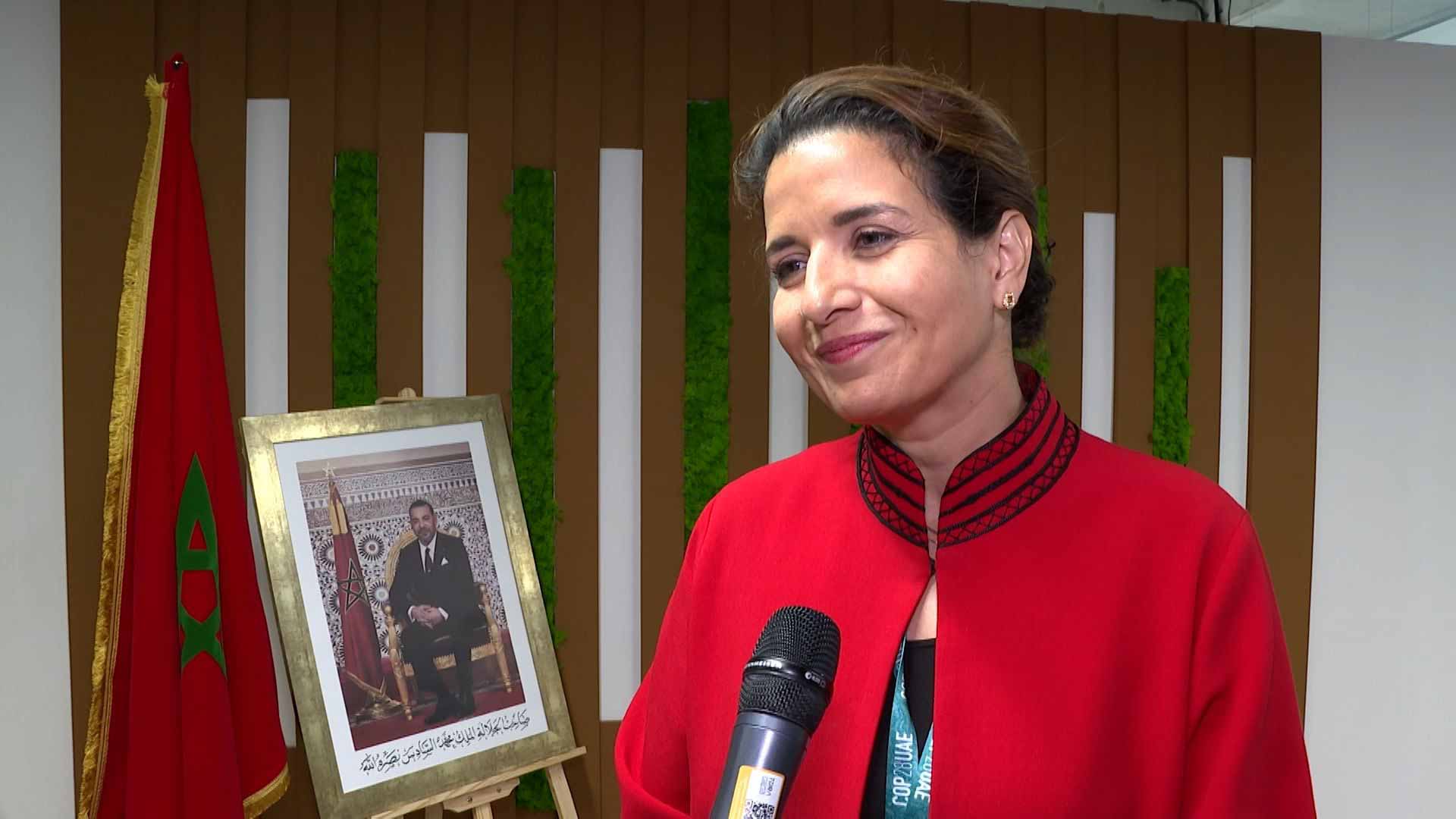GRI presents sustainability reporting standard for mining companies
The Global Reporting Initiative (GRI) is an international independent organization for cross-sectoral impactreporting and is proposing new sustainability reporting standards for mining companies.
KPMG confirmed last year that the GRI standards are the most widely used sustainability reporting standardsworldwide.
Mining was identified for prioritization by the Global Sustainability Standards Board (GSSB) in 2020. Thisstandard applies to all organizations involved in mining and quarrying, with the exception of coal and oiland gas, where GRI sector standards are already available. .
GRI unveiled a draft standard last week at the Alternative Mining Indaba in South Africa, identifying 25environmental, social and economic issues. The draft is open for consultation through April and includestopics new to the GRI Standards.
Tailings facilities and hazardous waste streams, artisanal and small-scale mining, operations in conflictzones.
The draft Standard sets expectations for site-level reporting, aligns with existing ESG and disclosureframeworks for the sector – including those set by the International Council on Mining and Metals, the Initiativefor Responsible Mining Assurance, Copper Mark, the OECD, Extractive Industries Transparency Initiative andGlobal Industry Standard on Tailings Management.
Judy Kuszewski, Chair of the GSSB. Submitted.
“Why the GRI sector standard for mining was pulled together was a recognition of the fact that we have amongthe large companies in the extractive sectors, a pretty high rate of sustainability reporting, which is right andfair because they have a very large environmental and social footprint and a very high degree of scrutiny,”Judy Kuszewski, Chair of the GSSB, the independent body that sets the GRI Standards.
“[But] If you look at the kind of the major extractive companies, around 80% of them publish information ontheir sustainability performance, the quality of reporting in the mining sector is widely considered inadequateand not up to the expectations of stakeholders — and that’s why we pursued this project with mining, whichwas always one of the highest profile one of the highest priority sectors on the on the GRI and the GSSB,”Kuszewski said.
Kuszewski noted the purpose of the Standard is to address the impacts of the mining sector on people andplanet with a common set of metrics that represents the broad information needs of stakeholders, adding thata stronger focus will be on the responsibilities of larger mining organizations in respect of their relationshipswith smaller ones and their relationships through the supply chains.
“Informal, artisanal and small scale mining operators might use the standard, but we don’t really expect it to bewidely picked up by those organizations,” she said.
While noting 100% transparency of all ASM operations that may be connected to larger companies reports is asignificant challenge, Kuszewski pointed to the sometimes disjointed relationship between the aggregate levelglobal corporate reporting and mine site level disclosure of relevant impact.
“We really need to draw much more kind of connection and transparency between the corporate entity and themine site,” she said.
The draft Standard remains open for public comment until April 30, and after feedback has been considered,the final Mining Standard is expected to publish in Q3 2023. The webinars will be held on February 23rd andMarch 2nd.
Share this content:














